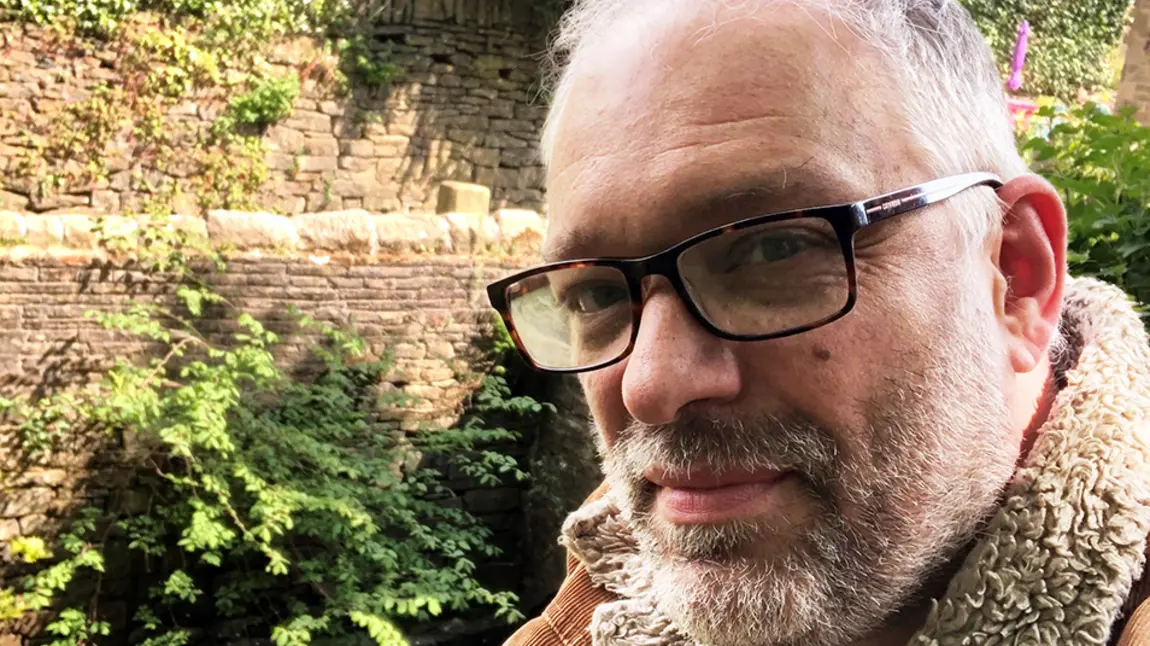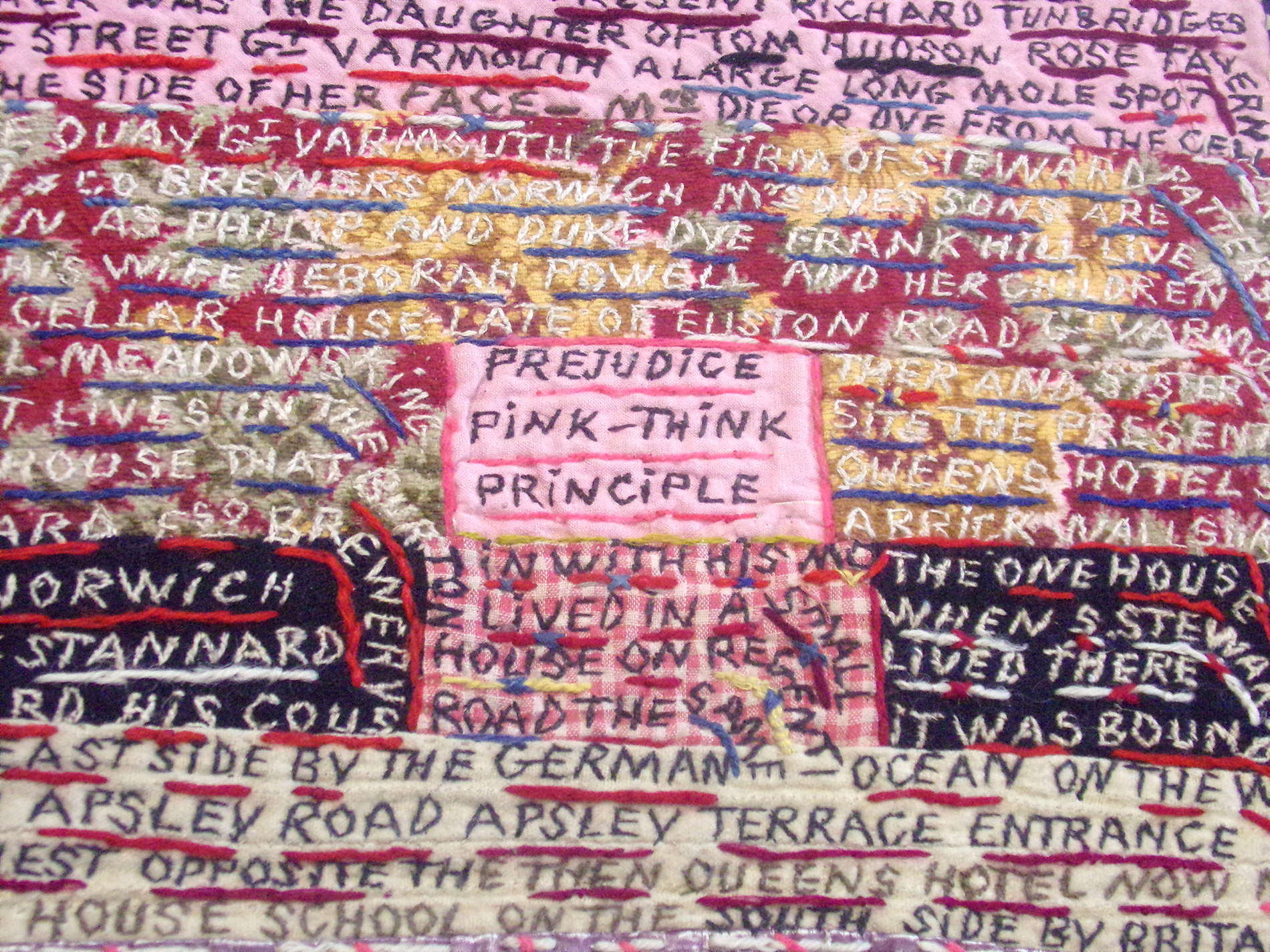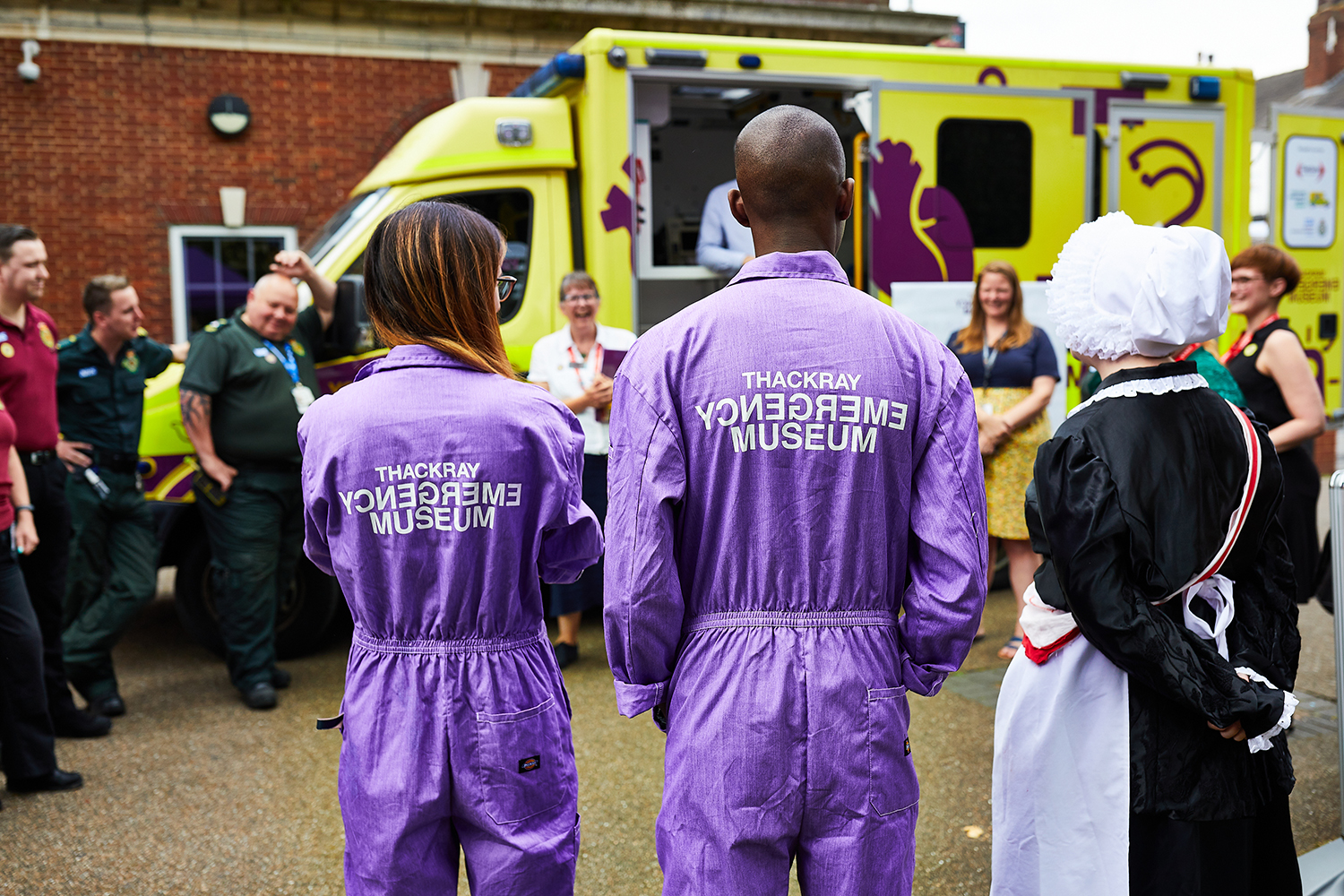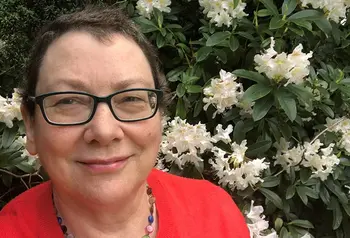Independent museums can shine a light after the darkness

When in doubt, revel in the darkness.
Each act of celebration is a spark.
Gathered together
they call back the sun.
- from Revelers, by Lynn Ungar
Disregard statistics for a moment. At a human level, these are dark days.
As in many other workplaces, in an independent museum, where you know the name not just of every colleague but also their children and pets, the individual cost of the pandemic is everywhere.
"This crisis has shown the remarkable capacity for people to adapt and bring their human instincts and resilience to the fore."
Our team has had its share of anxiety, illness and grief. The toll is only exacerbated by the fact we can’t reach out and touch those who most need it.
Yet this crisis has also shown the remarkable capacity for people to adapt and bring their human instincts and resilience to the fore.
The future museums face
Museums face an unimaginable future. Writing in mid-May, I hope the sector might reopen in time for the summer. But I don’t quite know how, nor whether people will come.
My own museum, the Thackray Museum of Medicine in Leeds, faces a double whammy as the lockdown started during a major refurbishment. Not only did we lose our trading income, but delay to the project means we have lost the opportunity of even an uncertain summer reopening. Government assistance, such as rates relief and furloughing, has helped us stay afloat, just.
Funders such as The National Lottery Heritage Fund and Arts Council England have been quick to provide emergency funding for those in the most need. But we know that it won’t be enough for everyone. Many museums will need to make difficult choices after coronavirus (COVID-19).
The value of independent museums
The irony is that independent museums will be needed more than ever post pandemic.
"Where better to make sense of what we have all been through than in a medical museum?"
People will need places in which to reconnect with relatives and friends. Families will need affordable destinations for previously cooped-up children to decompress. Where better to take your gran for her first cup of tea out? Where better to make sense of what we have all been through than in a medical museum?
The UK doesn’t have a national museum of medicine. Most of our medical museums are away from the bustle of the nationals, tucked in corners of medical associations and colleges or else independent charities like Thackray Museum. They don’t have the larger museums’ access to resources.
Yet these are the very times that people need to know that the Anaesthesia Heritage Centre, the George Marshall Medical Museum, the Florence Nightingale Museum, or the many others across the country, will continue to bear witness to this remarkable moment and to inspire the next generation of health heroes.
Galvanised by crisis
Even during the lockdown, the value of our sector has been proved.
Like many, we contributed to #MuseumFromHome. We have supported wellbeing through activities such as our Lorina Bulwer Sew-In and initiated coronavirus (COVID-19) collecting and co-curation initiatives, including a very hastily built Health Heroes microsite.

We made our car park free for NHS staff and hosted a food distribution point for frontline workers. We provided details of ventilator parts held in our collection to engineering companies to help make new ventilators. We worked round normally time-consuming and complex rules on disposal of museum objects to make useful kit available to the people who needed it.
"Those furloughed staff who could do so signed up as NHS volunteers while others found creative and daft ways to keep the team talking."
Those furloughed staff who could do so signed up as NHS volunteers while others found creative and daft ways to keep the team talking, laughing and even crying together, while apart.
Our trustees have been re-galvanised by the crisis, helping us to add coronavirus-related objects from the closing Nightingale Hospital and elsewhere to our museum collection, bringing both time and an enormous range of expertise to our cause. We have been in touch with other teams across the region to plan collecting strategies and digital engagement and sometimes, as in the case of Yorkshire Museum’s Curator Battles, just to be very silly indeed.

Preparing for a different future
Expectations have been (carefully) thrown out the window. And I've found that when freed from constraints of process, people’s deeper instincts and values have kicked in. That's why I’m optimistic about our capacity to meet the future. We don’t yet know quite what to expect, but we can have a good guess.
With fewer resources and audiences under pressure, our production costs will need to come down. More than ever, we will need to find ways to make every penny count, adding value and finding extra uses for everything we produce, from exhibitions to events.
"Museums that fail to reflect our collective recent experience on a human scale will seem aloof."
That will mean including more digital content in our projects and tailoring that content to a far greater range of communities’ needs, from training resources and apprenticeships, to advocacy tools, social prescribing opportunities and a whole host of other applications and re-uses that genuine collaboration will define.
Big, expensive, blockbuster projects are, I think, going to feel unworldly after the crisis. Museums that fail to reflect our collective recent experience on a human scale will seem aloof.
Sharing for the common good
I believe that, with museums struggling to survive, remaining resources need to be shared for common good. This is not simply for the museums themselves, but for public benefit too.
This presents a fantastic opportunity for independent museums.
We are more agile, less process-driven and less beholden to patronage than many larger museums. We can get ahead of the curve.
I see this happening in a number of ways:
- It could mean finding ways to share investment in projects across multiple organisations and sites, both physical and digital.
- Contracts could follow models like Integrated Project Insurance to share risk.
- We need to share operations too. Administration and HR could be more efficiently delivered through collaboration.
- We need to find better ways of pooling our trustees’ time and expertise – why not have shared boards overseeing multiple independent museums? Put aside technical preconceptions (and a few egos) and it makes sense.
For the past bunkered weeks, we’ve all been reduced to identical digital boxes on the screen. A virtual existence that encourages democracy.
Let’s not forget how easy it is to connect and work together when the sun comes out again.
About Nat Edwards
Nat Edwards is Chief Executive of the Thackray Museum of Medicine in Leeds, one of the UK’s largest independent medical museums.
Currently he is based in his daughter’s bedroom, both overseeing a £4million refurbishment of the museum and trying to get the virtual backgrounds on Zoom to work.
- Views expressed in the Future Heritage blog series are those of the authors, not necessarily of The National Lottery Heritage Fund.
